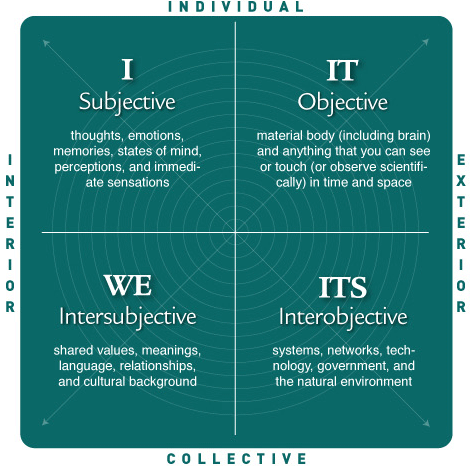The black man Scipio FWN 422 1867 107 cm x 82
“Our bodies have a form of knowledge that is different from our cognitive brains. This knowledge is typically experienced as a felt sense of constriction or expansion, pain or ease, energy or numbness”. Resmaa Menakem, My Grandmother's Hands: Racialized Trauma and the Pathway to Mending Our Hearts and Bodies. Just take a moment to allow your body to feel the constriction, the pain and the numbness of Cezanne’s portrait of the black man called Scipio. Allow your body to express its reaction; do not judge or analyse; and, for a while, just sit with what you feel.
Scipio worked as a model in the Art College of the Academie Suisse in Paris; students could paint male models for three weeks out of four, and female models for the remaining week. The artists of the day tended to paint Scipio in a supporting role, as part of a romantic-historical scene for instance of Biblical significance. But here, Cezanne paints Scipio alone, centre stage, on this large canvass. Not much is known about Scipio, except that this was his regular job, as he appears in many paintings of the artists of the day.
Not much is known either about Severiano de Heredia, who in 1879 was the President of the municipal council of Paris, and there-by the first mayor of African descent of a western world capital. He had earned the respect of the people of Paris through his work as a conciliator after the civil war within Paris that played out in the revolution of 1870/71: over 100,000 people died on the streets of Paris, as the republican communards fought the Emperor’s armies. He was elected to represent his local council in 1873; he attended the first French Congress for Women’s Rights in 1878, and went on to be Minister of Public Works in 1887. He oversaw the construction of many of France’s new highways, and was involved in the initial construction planning for the Eiffel Tower. One of his major interests and passions was the development of the electric car. The historian Paul Estrade found no remaining public recognition for his career in his thoroughly researched biography.
Every Thursday evening, Zola would host a ‘soiree’, inviting people to have conversation about the future of the Republic; and among those often attending were the old gang from Aix: among them, Cezanne, if he was in Paris, and Philippe Solari, now a sculptor. It was Solari who had done a sculpture of Scipio about the same time as Cezanne had done this portrait. Zola wrote an article for the local paper praising Solari’s sculpture (which is now lost), concluding the article with supportive reference to the prevailing, but now discredited, physiognomic and racial theories of the time. “Zola’s critical reading of Solari’s sculpture betrays not only the prejudicial attitudes of the period, but ..the typical fate of black models when transferred from the context of an artist studio or school, to a public exhibition space with images of white figures and placed before a white viewing audience. Cezanne’s profoundly sympathetic painting, which Zola must have known as well, is all the more astounding in comparison.” (Mary Tompkins Lewis, in Cezanne and Paris). Zola made no comment whatsoever about Cezanne’s portrait of Scipio.
Cezanne painted only this one portrait of a black person, out of a portfolio of 163 portraits. Of paintings of the human form, Cezanne painted not one black person, but 82 paintings of white people, that include some hundreds of white bodies. It is not beneficial for us to blame or shame, but to recognize and acknowledge, critique and analyse, and thereby deeply understand; Cezanne and Zola were miles apart in their understanding of Scipio, but they both inhabited the same racial context of the day.
Our bodies too have learned how to react, and so have our hearts, our heads and our eyes. And, if we find our reactions are racially biased, we now have the means available to heal ourselves. We have the benefit of thorough analysis and critique, which cover all the dimensions of racism. I offer the following:
White Fragility by Robin DiAngelo refers to the top left quadrant
Resmaa Menakem, My Grandmother's Hands refers to the top right quadrant
Greg Thomas: The Jazz Leadership Project refers to the bottom left quadrant
The New York Times 1619 Project refers to the bottom right quadrant.
“Years as a healer and trauma therapist have taught me that trauma isn’t destiny. The body, not the thinking brain, is where we experience most of our pain, pleasure, and joy, and where we process most of what happens to us. It is also where we do most of our healing, including our emotional and psychological healing. And it is where we experience resilience and a sense of flow.”
Resmaa Menakem
ps. Where would our earth be now if people had listened seriously to Severiano: his instinct and passion for the electric car – we’d have had 150 years of developing transport without burning fossil fuel!

